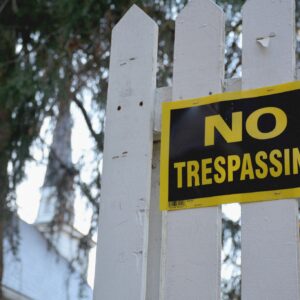
Salves and ointments have been topically and orally used by indigenous people across North and South America for time immemorial. The healing benefits can range from the alleviation of itchy or dry skin, boils, infections and even aches and pains depending on the medicinal herbs used.
Nearly all traditional salves use animal fats, oils, and even beeswax as bases.
The first step in making a traditional salve is making what is called a “herbal infusion”, which calls for baking or boiling of the herbal ingredients to a high temperature quickly, then slowly allowing them to simmer for about an hour. Once you’ve made an herbal infusion, use a cheese cloth to strain the oil away from the herb matter and add your beeswax. The last step is to melt the oil and beeswax together in a pan over heat, then pour the mixture into containers to allow it to set. It is good to note that the more wax you add, the harder the salve.
Sounds simple enough to make, but the salve being explored today is commercially known for it’s topical and oral ability to alleviate certain cancers, warts and tumours; known as bloodroot salve.
This salve evolved from the use of indigenous people in eastern parts of North America all the way to London in the 1850s, as Dr. J. Weldon Fell opened his own breast cancer practice in the Middlesex Hospital in London. The bloodroot was a studious gift offered by indigenous people and Fell published his results from working with the bloodroot to prove it’s anti-tumour action.
Bloodroot salve works as an escharotic on warts, pre-cancerous and cancerous tissue (like visible melanoma) and moles. It kills the unwanted cells, turns them into a scab and then promotes the body’s immune reaction to expel it from the body. Being an escharotic topical salve, the salve will cause what is called an eschar which usually looks much like blackened or charred skin, and is the bodies form of healing from and dispelling the dead tissue. Detractors say the salve eats away tissue; “burns” is the term of choice. But whether it is healthy or not, many do not back up their claims with photos “wounds” after fully healing.
The bloodroot plant is easily recognized by its pretty white flower that springs forth in the early Spring in wooded areas, and the plant is named after it’s root sap which resembles blood. Parts of the U.S. that used to grow this plant in abundance, have since lost it. This decline in bloodroot has also transitioned into eastern provinces of Canada, so the wild growing bloodroot is no longer a commodity.
However, this salve is something many use at the wrong time, wrong place and even incorrectly. Escharotics cannot “draw out” cancerous tissue under the skin, and oftentimes; when using topical escharotics a user can be left with scarring. To top it off, many non-native importations of what they called “black salve” which were salves made using bloodroot, had been marketed as a cancer “cure,” and entered multiple lawsuits, were not FDA approved or simply earned bad reputations.
So, when following through with the traditional and modern methods of cancer treatment be aware of the pros and cons of both. If you would like to learn more about traditional salve making, the Six Nations community offers classes every so often such as the one held in Tsinonwe Ionakeratstha Onagrahsta Birthing Centre last week. Just keep an eye out for them.











